(Alabama’s Daniel Boone settled in Clark county, Ala. in 1810, and was engaged in the Indian wars of his times, being severely wounded at the battle of Burnt Corn, in which he commanded a company. – Do you know his name?)
BATTLE OF BURNT CORN
(The following has been transcribed from The Southern Star November 18, 1885)
The Southern Star
Ozark, Dale County, Ala.
Wednesday, November 18, 1885
Page Two
Dale County
This county was created by an act of the Legislature, as may been seen by examining the act of incorporation on the first page of the STAR, in December 1824, now about sixty-one years ago.
It embraced all the territory, except perhaps a few square miles on the east end of Geneva county, now embraced in the three counties of Dale, Coffee and Geneva.
Although the act creating it was passed in 1824, the county was not organized and put properly in running order till about the year 1826 or 1827. It had settlers residing within its borders for ten or fifteen years before it was organized into a county, some of whom, and their localities, will be mentioned hereafter.
DALE COUNTY, ALABAMA
THE FACE OF THE COUNTRY
It is hard for any one who has never observed a new country, with an entire absence of what we denominate “undergrowth,” to have a proper conception of the appearance of this country sixty years ago. Then there were few trees compared with the forests now, and there were no thickets or swamps as we now have them.
The whole country presenting the appearance of a beautifully rolling or undulating prairie, covered in spring time with the wild oats, nearly as beautiful and as we now have in the best cultivated farms, growing from six to ten feet high, and ripening in the fall season, affording bountiful entertainment for cattle and game. The ground adjacent to the streams and water courses – now called swamps and marshes, and filled with trees, branches, undergrowth and the like, were then occupied by immense canebrakes, beautiful to behold, as a glimpse of the promised land to the gaze of the weary refugees from Egypt but concealing within their fastnesses, the lair of the huge black bear, and the shrill screaming panther.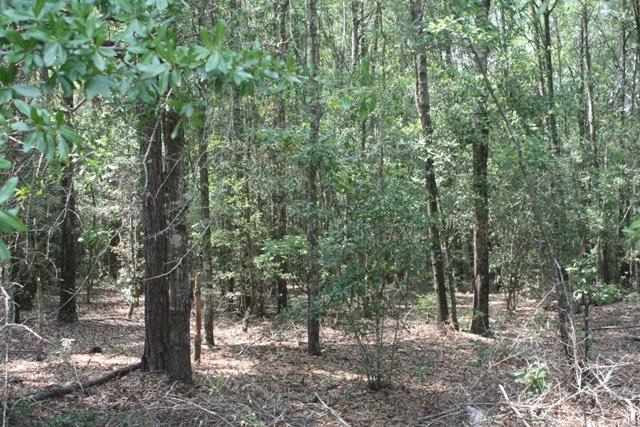
The traveler o’er the country might strain his eyes, and although his observation was unobscured for miles, yet he could see nothing offensive to the sight – every view was a pleasant one. The grasses, the flowers, the birds, the wild deer and the roving cattle with the sunshine around, and the blue sky above, all made a picture to hand in memory’s gallery while life shall last, and to fill the heart with emotions of pleasure to which the average man, of to-day is a total stranger. What a grand thing is the forest-green carpeted and beautiful, wild and free as the deer which scamper over its bosom! The man of to-day, residing on his quarter section, confined in travel to roads, cramped by the conventionalities of what we term a higher civilization, shut off from the glorious freedom and pure air of a frontier life, compares with the settler of seventy years ago, like the lion in the cage, with his unconquered and untamed brother of the forests.
ITS NAME
There are probably not one hundred persons in the county, who know why it came to be called by the name of Dale. The people know that that is its name, and has been for a long while. They have often heard of its being twitted as a cow country and the like, by small wits, but they have had no opportunity, especially the younger ones, of knowing how it came by its name; (paper torn) considered not amiss therefore, to suggest for whom the county was named, to give some account of the man for whom it was named.
General Samuel Dale – canoe fight
The county was named for Gen. Samuel Dale, who was born in Virginia in 1772, four years before the declaration of American Independence. In 1784, his father moved to what is now Greene county, Ga., where both the parents soon after died, leaving eight children to the care of the subject of this sketch – then only sixteen years of age. He was a farmer, but found time to engage frequently when yet a boy in the defense of the settlements against (paper blurred) cursions of the Indians. He became a trader and resided for a while in Jones county, Georgia.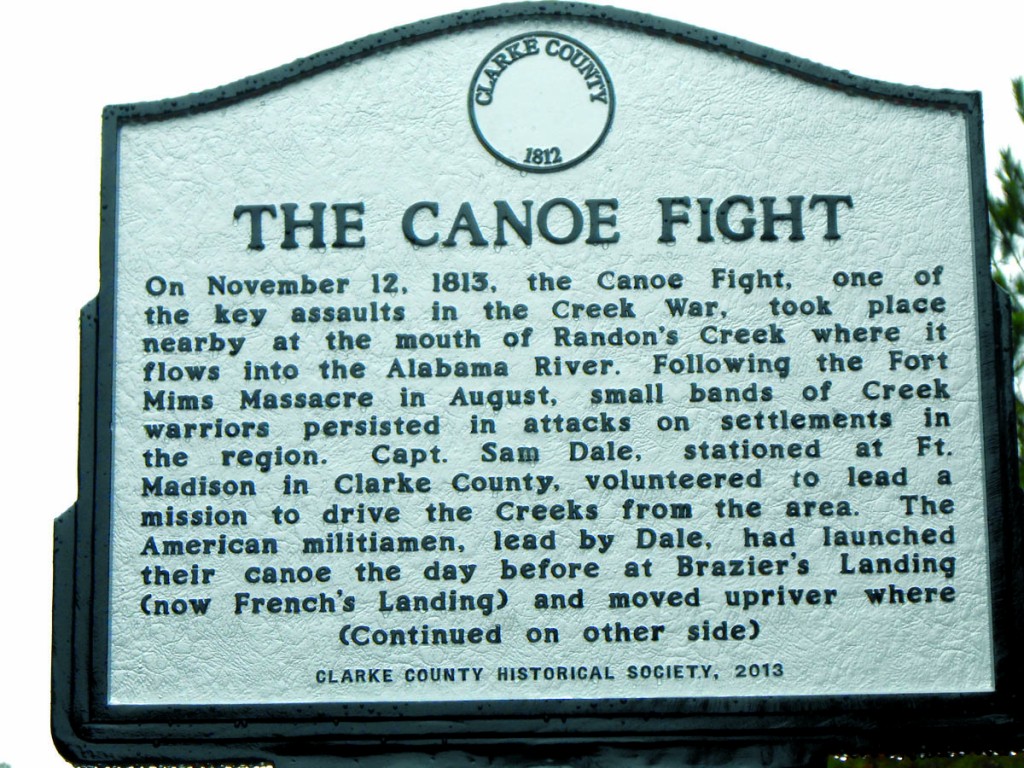
He settled in Clark county, Ala. in 1810, and was engaged in the Indian wars of his times, being severely wounded at the battle of Burnt Corn, in which he commanded a company. He was engaged in what at the time was denominated the “Famous Canoe Fight,” a desperate hand to hand contest between three white men, Samuel Dale, Jeremiah Austill and James Smith – and nine Indians, all in canoes, a Negro named Ceazar, belonging to the whites – leaping into the river and holding the canoes together until the fight was over.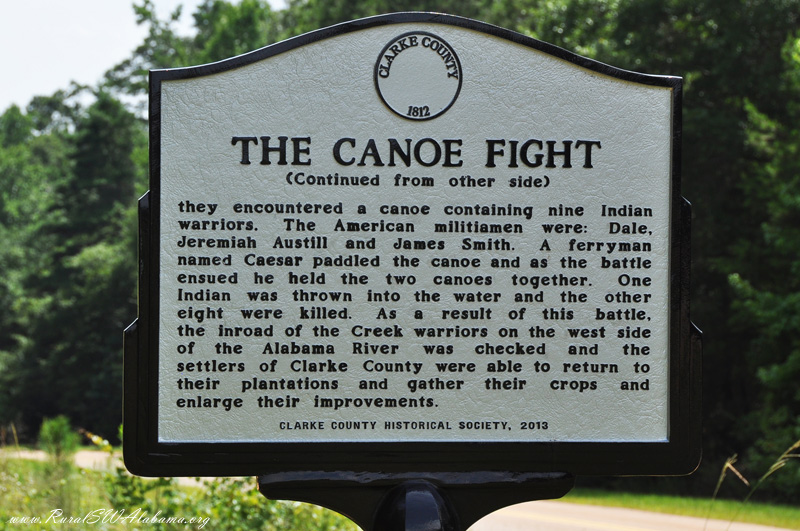
BATTLED WITH CLUBBED GUNS
The battle was with clubbed guns, and lasted but a few minutes, and terminated by the death of the last Indian. During the fight the whites and Indians, on the banks of the river ceased their firing to witness the desperate contest on the bosom of the river, where the three intrepid whites had gone out to intercept the nine Indians who were endeavoring to cut off the white posse scouting in that vicinity. After the wars with the Indians had ceased, Gen. Dale removed to Monroe county, where he resided till about the year 1830, when he moved to Perry county, and a year later to Lauderdale county Mississippi. He was the first Tax Collector of Monroe county, and was eight times elected to the Legislature during his residence in that county. He was the first Representative of Lauderdale county in the Legislature of Mississippi in 1836. He died at Daleville, Miss., May 1841.
HE WAS THE DANIEL BOONE OF ALABAMA
Gen. Dale was the Daniel Boone of Alabama, and in many respects is said to have been superior to the great Kentucky Backwoodsman. Like most men of his type, he was a modest and quiet man, but when emergencies arose, he was remarkable for caution, coolness and courage, indispensable elements in true and successful manhood. This little notice of Gen. Dale, only touches some of the prominent features in his character, because it is impossible to notice his career more at length. He was comparatively an uneducated man, and is said to have felt keenly his lack of education, nevertheless, he used the powers God gave him, and he used them well, energetically, and perseveringly, and as a consequence, will live in the history of the county while thousands, his superiors in literary attainments, will be forgotten, with the days in which they lived. Thus the young people of this county will see that the man for whom their county is named, was one of the most remarkable characters in the early settlement of this State. His example is commended to them, not as an Indian fighter, but as one of nature’s noblemen, with a heart as gentle as a lamb and brave as a lion.
SETTLERS
It is impossible, without greater research than the writer is able to make just now, to determine exactly at what time the county was first settled, but it was not far from the year 1814. Reference to a few of the settlements, and the earlier settlements, will nevertheless be made, as throwing some light upon the subject, and as tending to afford satisfaction to their descendants many of whom still reside in the county, as well to others not descendants of the early settlers.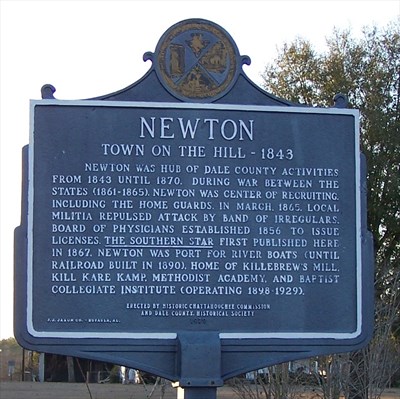
Old Richmond – now Wiggins Springs – eleven miles east of Newton on the Columbia road, and at one time the county seat of Henry county, was one of the earliest settlements within the territory now embraced in this county. John Whitehurst and Philityre Whitehurst, his brother, were among the early settlers of the community. John lived near what is now Sylvan Grove and Philityre at Richmond. Philityre went to Tallahassee Florida and died there, long before the late war. John moved to Henry county, accumulated a fine property and died at Lawrenceville a few years since, respected by all who knew him.
RICHMOND – FIRST COUNTY SEAT
DALE COUNTY, ALABAMA CIVIL WAR VETERANS PHOTOGRAPHED 1910
PREACHERS AND JUDGES
John Walding Sr. and Benjamin and John his sons, were residing in the same community, at Walding’s cross roads at a very early day. Mossy Rogers a Baptist Preacher lived on a little creek called the Mill Creek near the cross roads at the same time. His sons James lived in the fork of the two Choctawhatchees and raised a large family, most of whom went away to Texas thirty-five years ago.
Judge Wm. Harper for a time Judge of the county court resided in this vicinity. He raised a large and respectable family, many of the descendants of whom reside in the county still. The first church erected in the county, was at the old Walding’s cross roads, was built by the community and was used in common by all denominations. It finally became a Primitive Baptist Church. The writer attended church there, more than forty years ago, and for many years afterwards where he heard the late Elders Jesse Tomlin, Uriah Pellum, Daniel Locke, Aaron Helms, Moses Helms, and others of that persuasion preach.
Jesse Harlin, Isaac Ledbetter, John Austin, father of John A. Austin, Esq. Judge Wm. Loftin, father of John M., Charles and Henry Loftin, John Tindal, son-in-law of Isaac Ledbetter, David Jernigan and Asa Alexander, Sr., all lived in the same settlement.
Another settlement was located west of the Block House, at the fork of the river, now in the vicinity of Mr. Lemuel Casey. There lived in the latter settlement, John Turner, Esq., William his brother, Shadrach Mills, Isaac Snell, Benj. Andrews and Daniel Windham.
Another early settlement was on Claybank Creek, west of the present town of Daleville. Creed Collins, Merritt Collins, John Kimmie, father of Mason Kimmie, late of Coffee county and perhaps some others lived in this settlement.
CLAYBANK CHURCH BUILT 1852, OZARK, DALE COUNTY, ALABAMA
The next settlement was on Pea River. Lewis Hutchison, Absalom Russell, Redding Meeks, Lacy R. Meeks, Lewis Creech, Samuel Perryman, who was a United States Surveyor, all lived in this settlement. The Bowles and Hughes lived on little Choctawhatchee. John Hughes of this settlement was grandfather to Capt. Needham Hughes.
Graduating class at Haw Ridge Rural School in Dale County, Alabama
The principal, Mrs. Cordie B. Read, stands to the right. ca. 1900 (Alabama State Archives)
OTHER EARLY SETTLERS
The Broxon settlement was down on Big Choctawhatchee. The late Henry T. Wilkinson lived there, and carried the first bushel of peas ever in the neighborhood from John Whitehurst’s on his shoulder, a distance of twenty-five miles. He was a man of great industry and energy and accumulated quite a fortune before the war. He died a few years since, John and William Wilkinson brothers of Henry T. also lived in this community.
The Infingers, Otts, Lazenbys, Judahs, generally dutch people, lived in a settlement in the fork of the Choctawhatchee and Judah.
In the vicinity of the present town of Skipperville was a settlement, where the Paynes, Metcalfs, John McDonald, father of R.A.K. McDonald, resided. Mr. John McDonald was a Scotchman and a local Methodist preacher. He was grandfather to Hon. J.W. Dowling, Rev. Angus Dowling, Simeon, Daniel, Y. Peeler and G.P. Dowling, all residents in the county still.
PRESENT TERRITORY
Since the organization of Coffee and Geneva counties, the territory of the county now embraces almost six hundred and thirty-eight square miles, and no more.
Shop Amazon – Contract Cell Phones & Service Plans
New historical fiction series by new Alabama Author
ALABAMA FOOTPRINTS Pioneers: A Collection of Lost & Forgotten Stories –
Stories include – The Yazoo land fraud; daily life as an Alabama pioneer; the capture and arrest of Vice-president Aaron Burr; the early life of William Barrett Travis, hero of the Alamo; Description of Native Americans of early Alabama including the visit by Tecumseh; Treaties and building the first roads in Alabama.


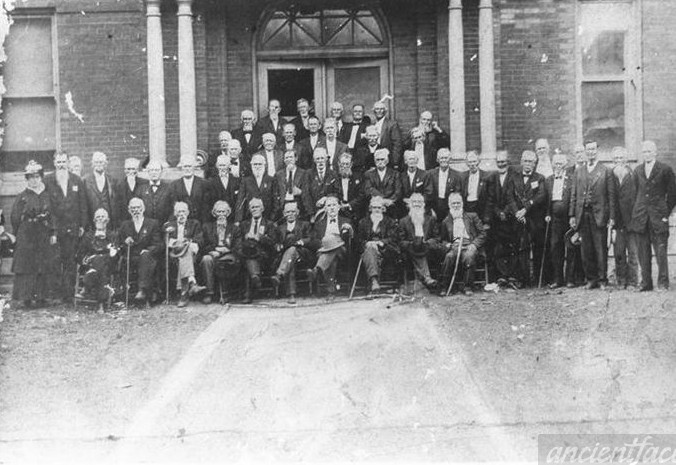
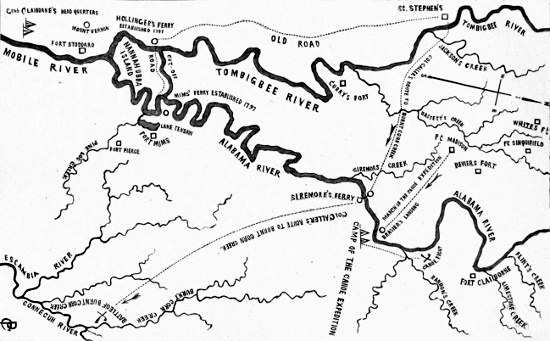
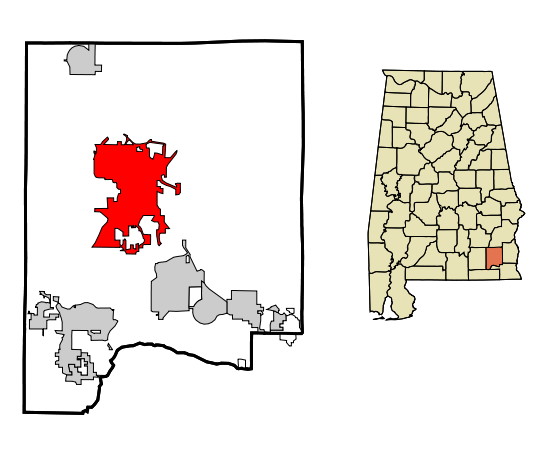
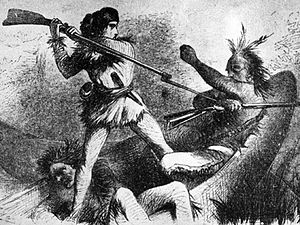
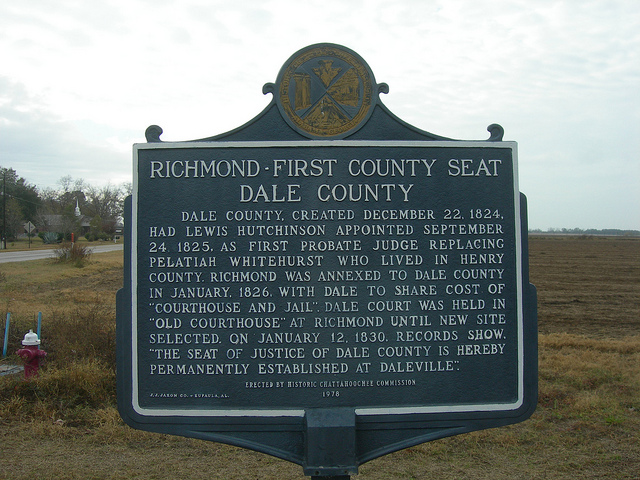
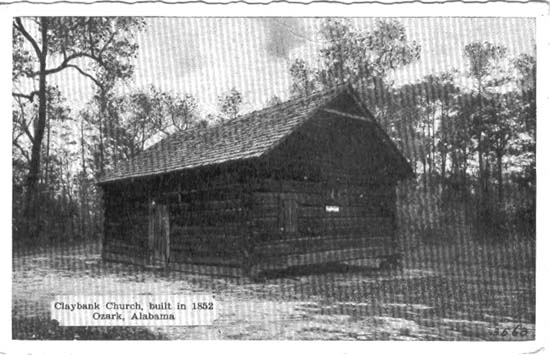
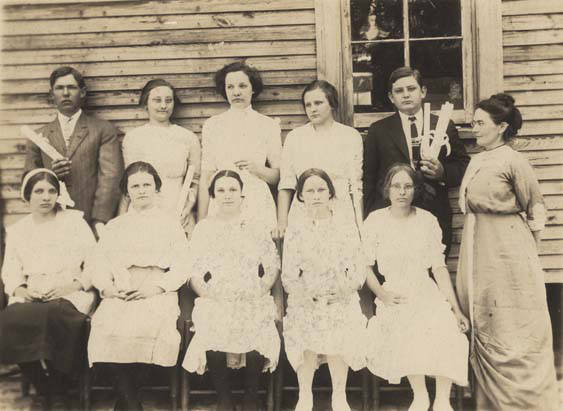
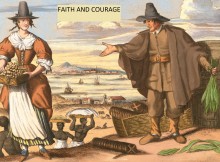
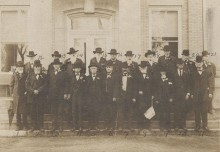

[…] the early days, the part of what is now Geneva County was a part of Dale County with its county seat at Daleville in 1845, but the seat moved to Ozark in […]
[…] Captain Sam Dale – Alabama Pioneer […]
[…] about two hundred or more mounted men, under the command of Col. James Castin and Major Woods, with Capt Samuel Dale, McFarlin, Murrell, who crossed the Alabama, and marched on to. Burnt Corn, there taking the road […]
[…] weeks later, Claiborne sent Col. Carson back to our aid, with two hundred men, when Capt. Dale proposed an expedition upon the Alabama, and was joined by Capt. Jones, making up in all […]
Ashley Cross
Sam Dale
The wording is confusing. Seems like the answer is Daniel Boone.
Oh, Sam Dale. I would have put Daniel Boone in quotes.
Dr
Can’t post a pic here or would post a family member that also fought in Alabama Indian wars BRIGADIER GENERAL AARON W GRIER
http://georgiainfo.galileo.usg.edu/topics/historical_markers/county/taliaferro/grave-of-brig.-gen.-aaron-w.-grier
Please check “Woodward’s Rememberances” about these events. Far different.
Sam Dale
Dale.
Great story….
He fought for Alabama…But he is buried in North east Mississippi…
Sam Dale?
When I was a little boy we went to Daleville to a descendants of Sam Dale affair and I remember signing a Register I don’t know how we were descendants probably on my Dads Mothers side of the family. Helms I guess
Yep Sam Dale.
Canoe Fight!
Dale County
Sam Dale.
Sam Dale
[…] Samuel Dale, then a Georgian, places three wagons and teams on this route of migration, transporting families westward and taking back to Savannah loads of Indian produce. In 1803 a road was marked out through the Cherokee nation. […]
Taylor Giddiens
Samuel Dale
Samuel Dale is the correct answer…
Sam Dale
Sam Dale
They should have put Sam Dale’s name in the headline. He was mainly
known for the Alabama River Canoe Fight.
Dan Gressang
Patrick Goodman
Kent Hale
Col. Sam Dale
My great-grandfather is in this book,
Orange Albright.
What a terrible led in. This is an insult to Sam Dale.